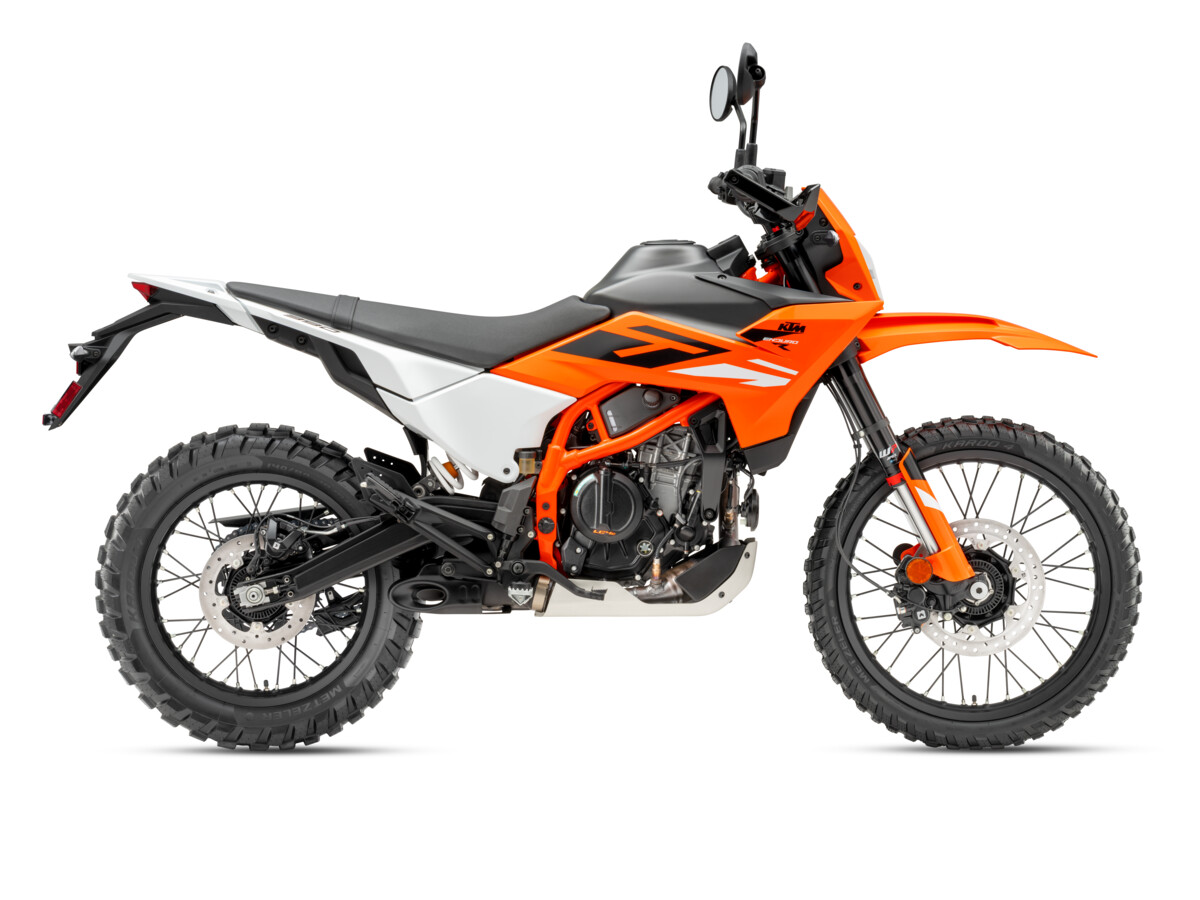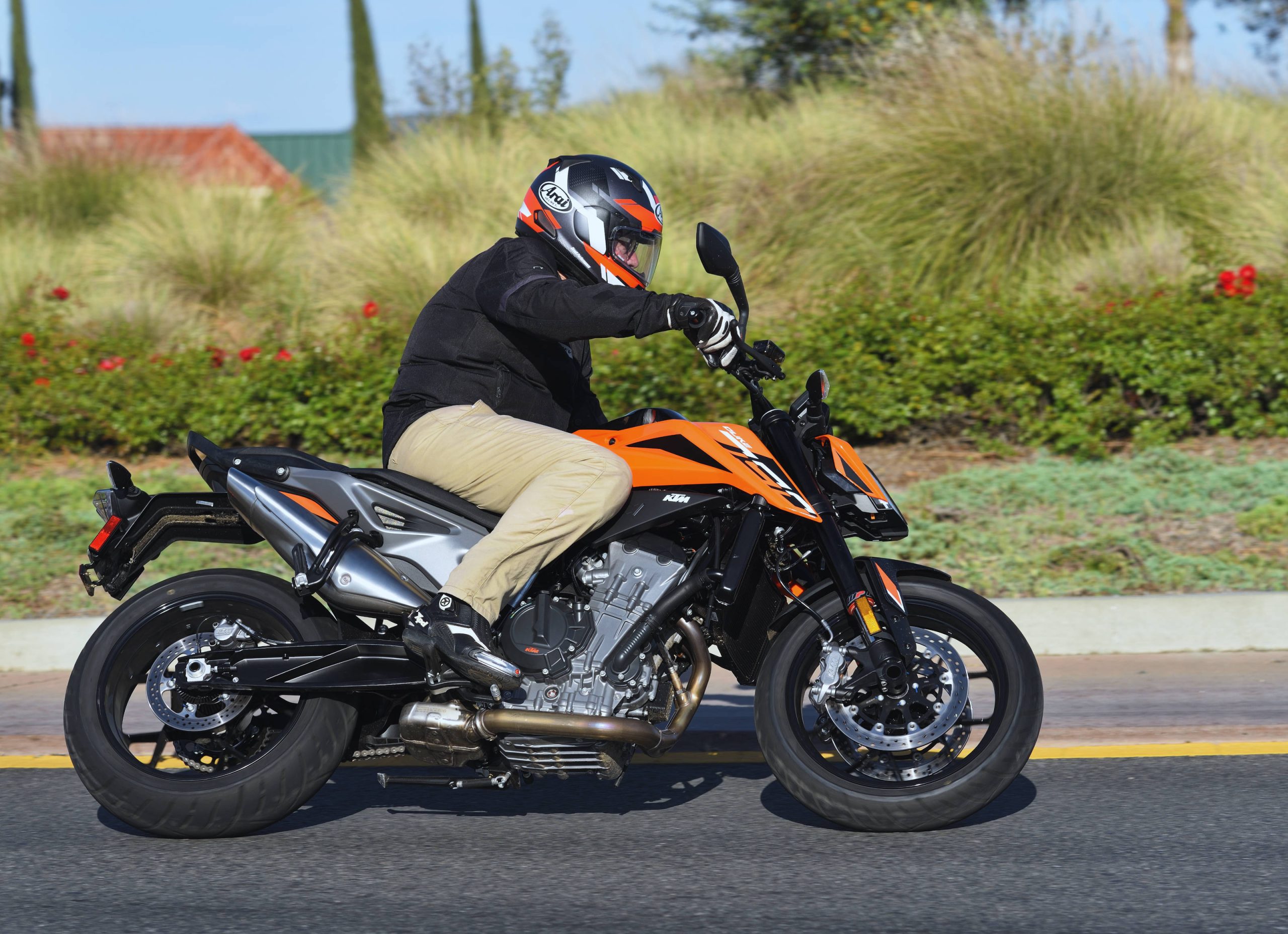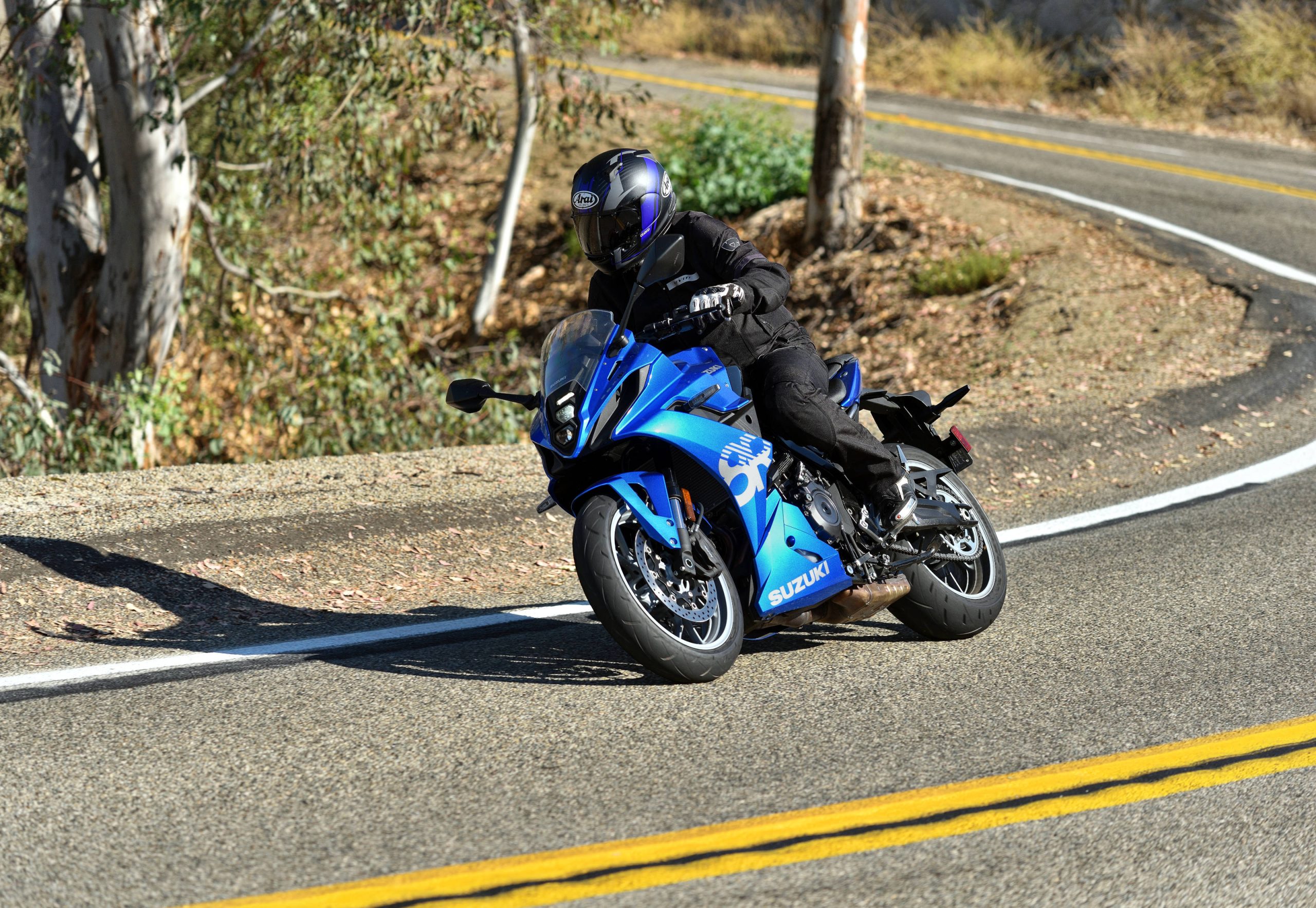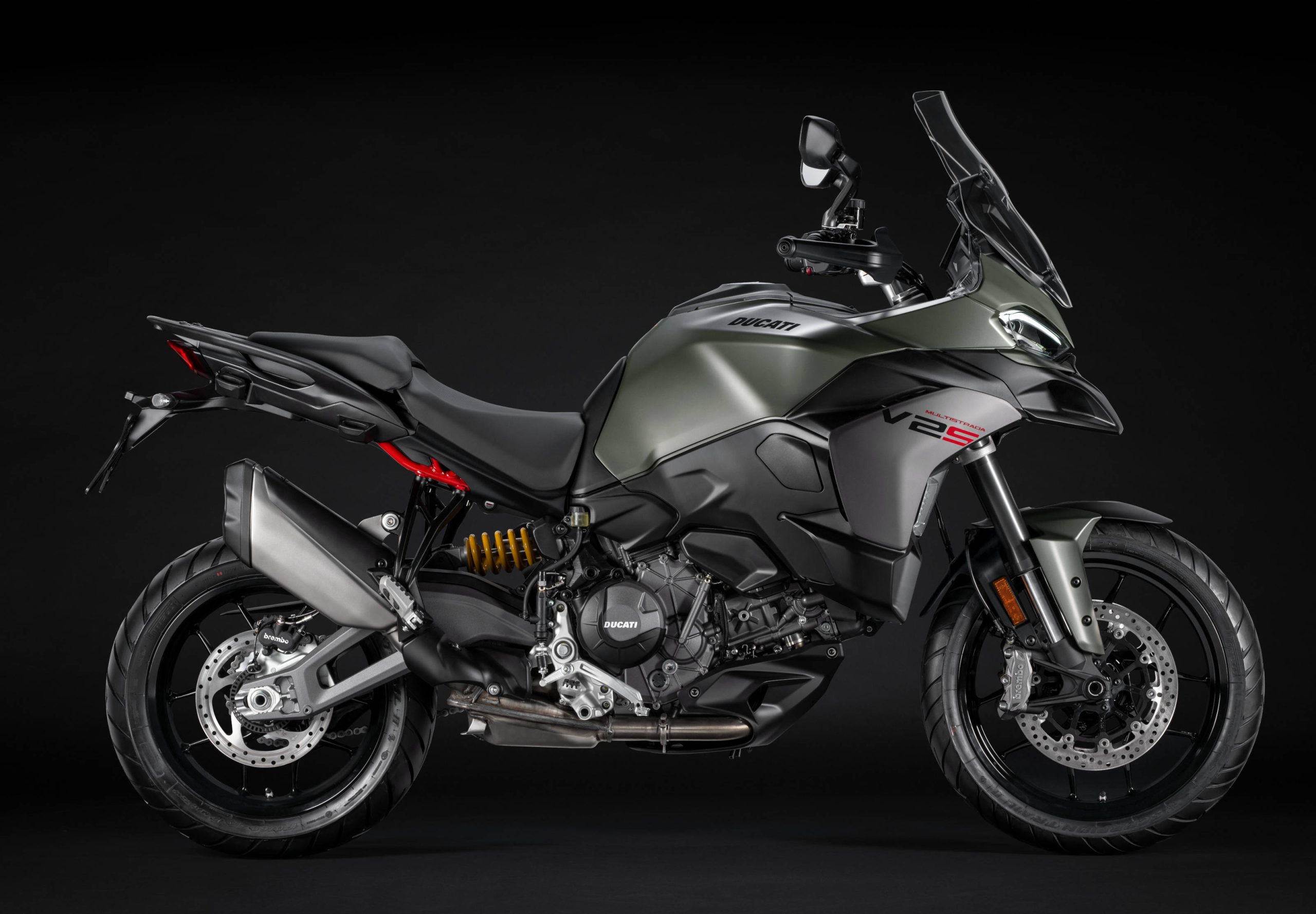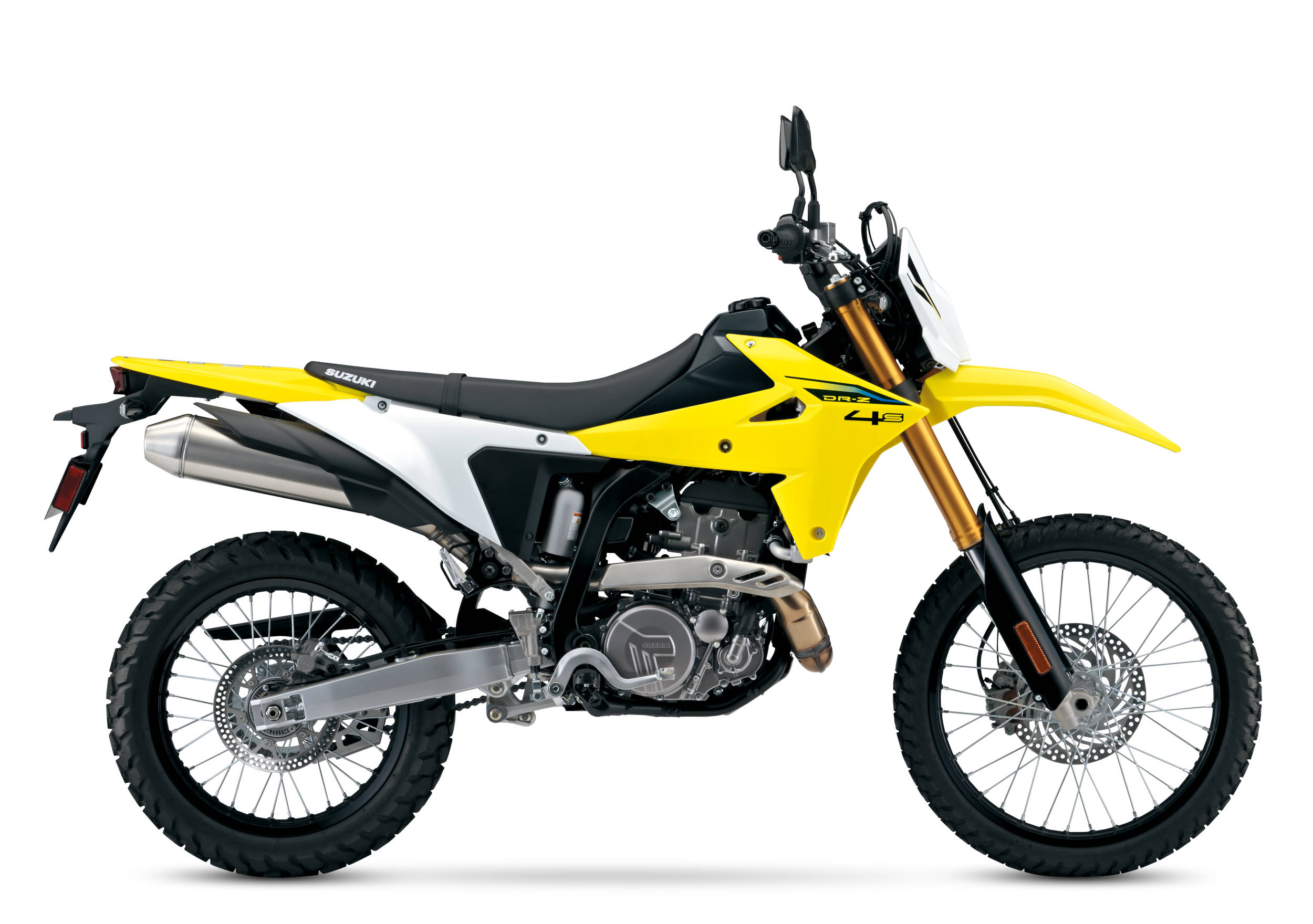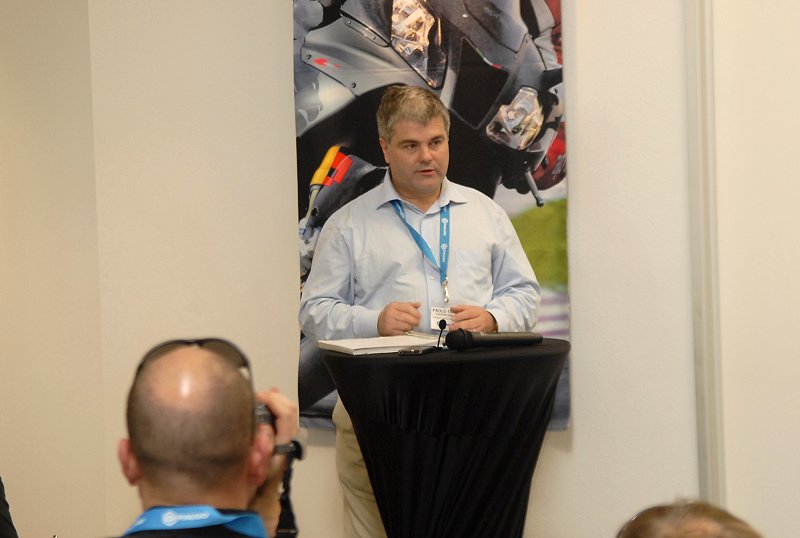
We’re all getting older. And while for you it may just mean more ear hair and a chance to order off the Denny’s Senior Menu, it has motorcycle industry execs curled up in fetal positions under their desks. Harley-Davidson’s profits are shrinking, Japanese manufacturers are slowing production, and it’s not just because of the global economic slowdown. American Baby Boomers, responsible for the huge surge in the motorcycle market from 1970 onwards, are finally ramping down their rampant bike-buying. But we all know that, right? What’s interesting is what the Italian conglomerate Piaggio – which manufactures Moto Guzzi, Vespa, Derbi, Aprilia and Gilera as well as Piaggio – is going to do about it.
According to Piaggio Group Americas CEO Paolo Timoni, addressing assembled moto-media at the new Piaggio Technical Center in Costa Mesa, California recently, U.S. unit sales peaked at over one million in 2006, but those million bikes are being purchased by the same eight million riders every year. That’s a saturated market. And those eight million riders predominantly use their bikes recreationally, unlike other countries where motorcycles, scooters and whatever it is you call three-wheeled conveyances are used as daily transportation. “Clearly, we operate in a niche market,” said Timoni.
The solution, in the corporate mind of Piaggio, is to encourage use of motorcycles and scooters as transportation here in the land of the superhighway and SUV. That’s not entirely fantasy: scooters are one of the fastest-growing segments of the powersports industry, with 78,000 scooters sold in 2008, up from 13,000 sold in 2000 (that’s not counting the vast number of mainland-China-built scooters that aren’t counted in the official Motorcycle Industry Council numbers), according to Timoni. The ultimate goal is to have 20 million Americans riding scooters and motorcycles to work, and most importantly, buying 1.5 million scooters a year. That number would bring the percentage of Americans commuting via sub-four-wheeled transport in line with the current percentage of Europeans doing so.
But how to get there? Timoni described Piaggio’s three-part plan: to communicate the benefits of using motorcycles and scooters as transportation, work with authorities (local, state and Federal) to pass laws and regulations that are moto-friendly (for instance, to allow lane-splitting in all 50 states, promote more two-wheeled parking, and “streamline” licensing regulations) and promote motorcycle awareness among motorists. The program is already in effect, with Piaggio’s “Vespanomics” program trumpeting the fun, reduced pollution, lower cost, and greater convenience of using scooters as transportation.
Will this strategy prevail against decades of entrenched car-centric American culture? American cities have little in common with their European counterparts. Our urban landscape isn’t hospitable to scooters, with a lack of motorcycle parking and bad driving being the norm. Timoni still says our market has plenty of room to grow, and even though Piaggio’s sales represent just 3% of the U.S. motorcycle market (but 36% of the scooter market, according to Timoni), Piaggio is ready to accommodate that expansion, with a huge range of models, from newbie-friendly scoots like the Vespa GTV250 to the World Superbike-challenging RSV4 Factory.
The new 12,000 square-foot Technical Center will help support Piaggio with space for tech and warranty support, as well as technician training. It will also offer Southern California based media, including a bevy of motorcycle websites (oh, and print magazines, too) the chance to test shiny new motorcycles and scooters virtually year round.
MD Readers Respond:
- If they want to sell 30M, they’d better come up with a different name
for them. “Scooter” = toy. Aloha! Ken - I think the best thing that can happen is for states to raise the max
attainable speed for scooters used by riders without a motorcycle
license. Now the limit is typically 30 mph which is way to low for many
traffic situations. Something like 50 mph would give the rider a more
useful tool.Also there is too much exaggeration of fuel mileage. The hype gives
expectations of 100 mpg, but does any scooter get close to this? Sherm - Piaggio would sell more scooters & mopeds if it had less of a rapacious pricing strategy. Vespa pricing is totally ridiculous. I’d like to buy a Vespa scooter but I revolt at being asked to pay more than 6 or 7k for a standard 250. Chinese scooters are one third the price. Ron
- “But how to get there? [snip](for instance, to allow lane-splitting in all 50 states, promote more two-wheeled parking, and “streamline” licensing regulations)…”
You better find a way to keep large displacement motorcycles out of this or you’ll have every Harley and cruiser in the country splitting traffic and scaring babies, and scratching and crashing into every car they try to squeeze between. While you’re at it why don’t you find a way to make those noisy open piped bikes adhere to the same law the rest of us have to abide by. Ricky
- I’m pleased to hear about Piaggio’s plans to encourage much wider use of two- and three-wheeled vehicles as transportation in the US. For some reason, motorcycles and scooters continue to be used as toys in this country, while in Europe and elsewhere in the world they’re seen as practical and economical alternatives to cars. In my opinion, the major motorcycle manufacturers, which are now facing a decline in sales, have brought much of this downturn on themselves by not coordinating their efforts to market their vehicles as sensible and practical transportation. I applaud Piaggio’s plan to lobby governments to build motorcycle parking, which could make a huge difference. I’ve often thought about riding into downtown Chicago for summer events, but I usually change my mind because motorcycle parking costs as much as parking my car. If the city dedicated a few street parking spaces in each block for motorcycle parking, I’m sure many riders would use their bikes instead of their cars, reducing pollution and congestion and saving gas, too. I wish the company much luck, and I hope other manufacturers join in their effort. Jim
- Why not? The American consumer has been slow to respond to reason, foresight, or efficiency. But they do respond to marketing. Now might be just the right time for a major player like Piaggio to make a run at streamlining individual transportation in this country by bringing tons of cheap two-wheelers to our shores and actually marketing them to the mainstream.
One look at the local dealerships will tell you that people don’t want trucks anymore. But Americans will always want something new. If all they can afford is a scooter, maybe they’ll want scooters. If enough people can’t afford to drive to work, sooner or later it has to occur to them that there’s a cheaper way to get to work.
As much as I enjoy being part of a relatively exclusive group of people who fancy motos, there are benefits to living with a government and traveling among drivers who actually know we exist. drawbacks are few: essentially increased regulation, probably emission-controls and helmet laws all around. I’ll take it if they give me lane-splitting/filtering and stop trying to run me off the road quite so much. Justin

